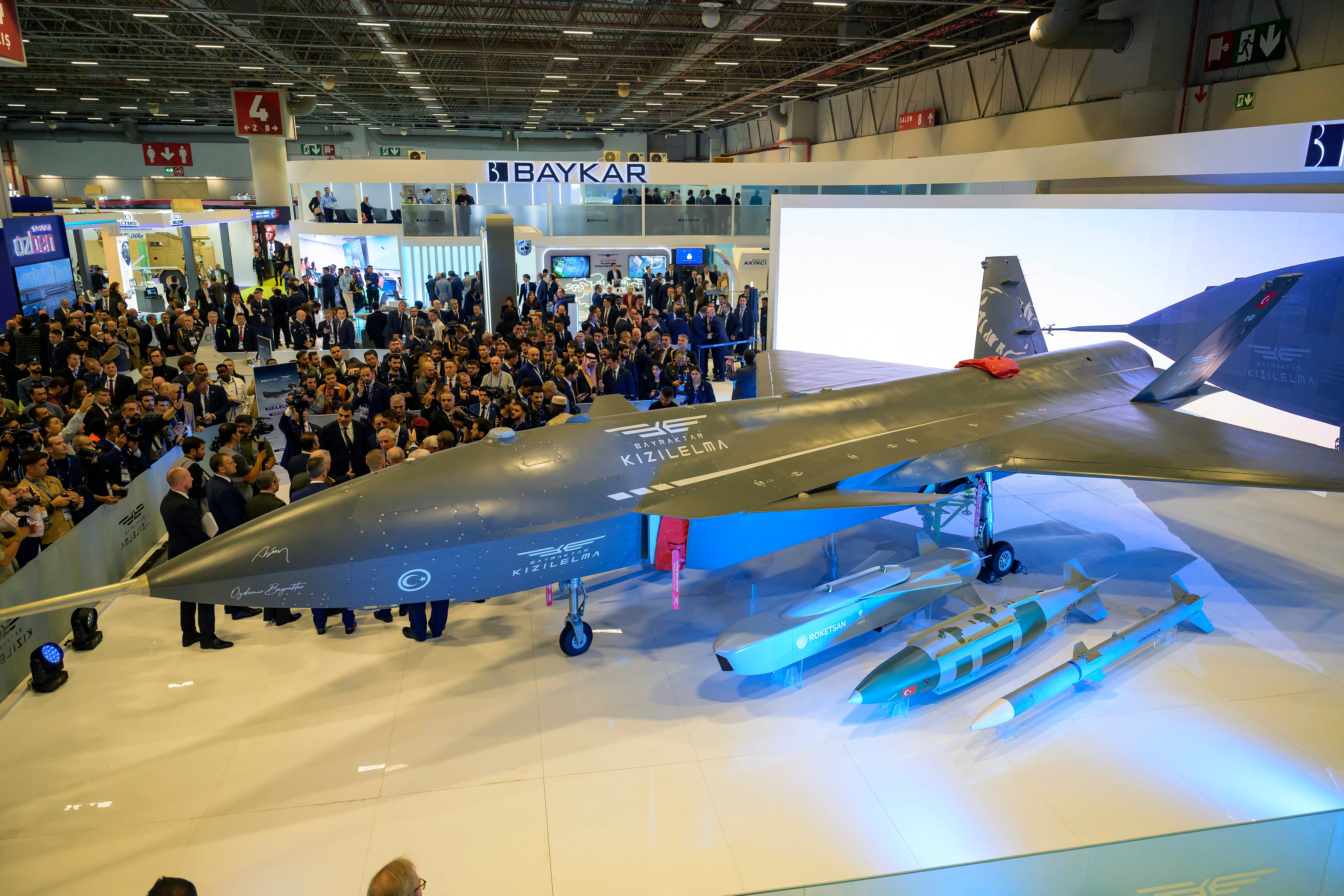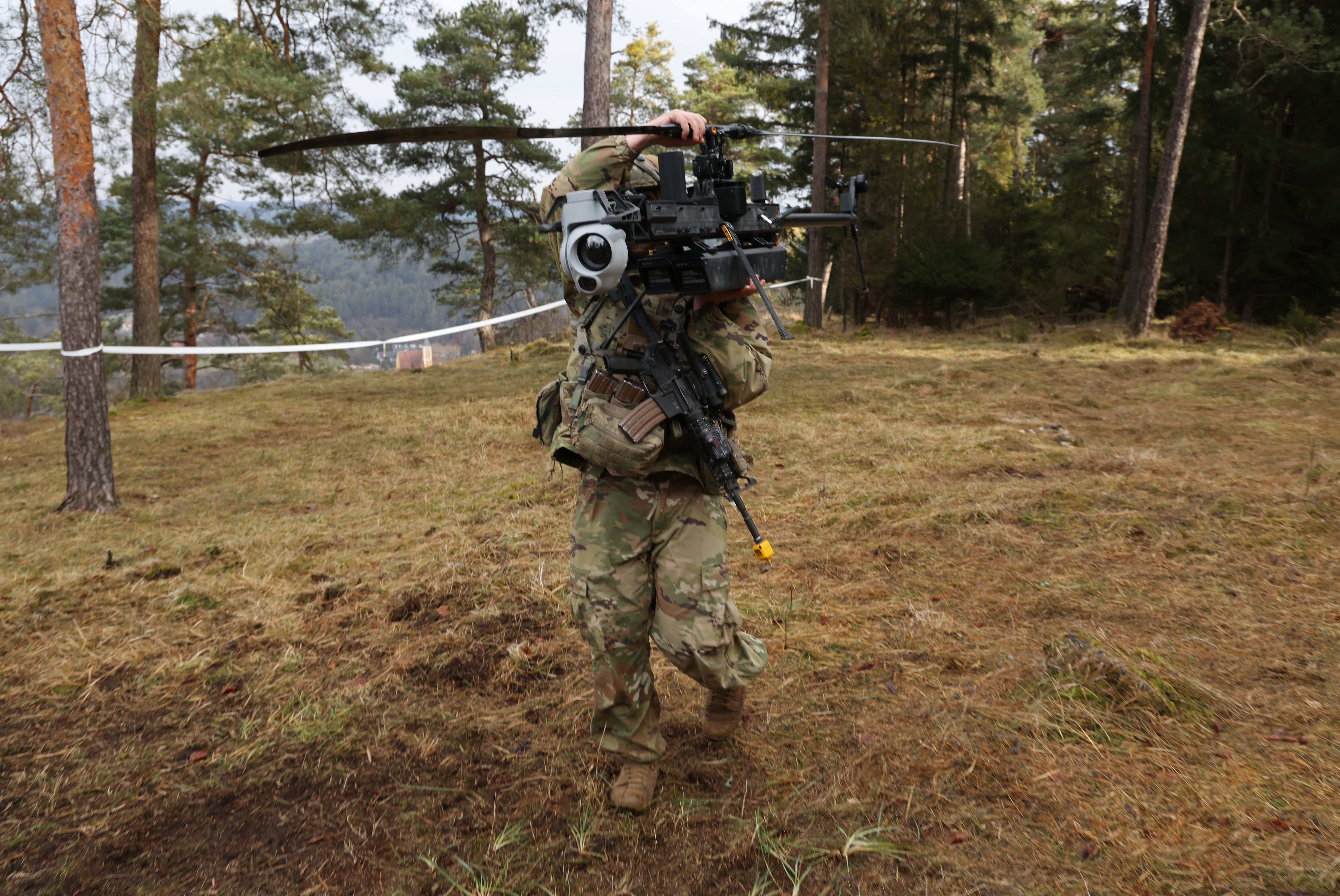The U.S. Air Force recently retired its first Compass Call aircraft. Made in 1982, it featured special modifications such as locating, listening, and jamming enemy communications. As a result, this aircraft’s systems could severely inhibit force communications and coordination. These advanced capabilities ensured its operation for almost four decades.
In that time, however, the use of the electromagnetic spectrum operations in conflicts began to evolve at a much faster pace, leading to more complex EW applications. Varied technology and market trends merged to enable the ongoing emergence of new threats, challenging modern military units to identify these quickly evolving threats in a timely manner.
In any EW conflict, the winner is the one that can maneuver most quickly through the EM spectrum by leveraging technology advances. Yet threats have grown increasingly in number and sophistication, with one reason being the availability of technology.
A decade ago, very few players dominated this battlefield. The technological capabilities and investments required to dominate in EW prohibited others from developing competing EW capabilities. As commercial electronics became cheaper and more available, however, adversaries of all sizes entered the EW fray. Even smaller adversaries now potentially have a competitive threat arsenal, making the threat environment more dangerous and unpredictable.
Threats take varied forms
As a result of these technology leaps, threats also grow increasingly sophisticated. Threats of the past were static in nature – always appearing and behaving the same. Today’s threats are responsive, changing their behavior based on the scenario. If an adversary is jamming a reactive threat, for example, it will switch frequencies or take another action to elude that jamming. Adversaries must now assume that a threat might change and prepare to react accordingly.
Often, such threats are described as cognitive or adaptive. Although people use these terms interchangeably, many levels of adaptability exist. Most of them do not come near the capabilities of cognitive EW. Using machine learning, cognitive EW systems can enter an environment with no knowledge of the adversary’s capabilities and rapidly understand the scenario. By doing something that makes the adversary’s system react, they can evaluate its response. They can then develop an effective response that is suited for that particular adversary’s system.
In contrast, adaptive solutions cannot rapidly grasp and respond to a new scenario in an original manner. For example, an adaptive radar can sense the environment and alter transmission characteristics accordingly, providing a new waveform for each transmission or adjusting pulse processing. This flexibility may allow it to enhance its target resolution, for instance.
Many adversary systems require only a simple software change to alter waveforms, which adds to the unpredictability of waveform appearance and behavior. Military forces struggle to isolate adaptive radar pulses from other signals, friend or foe. As these threats grow increasingly adaptive, their opponents must respond to them in a much shorter time.
Impact of machine learning
With AI, intelligent machines work and respond much like humans. Machines can therefore perform smarter tasks using capabilities like signals recognition. Machine learning takes AI one step further, allowing machines to continuously learn from data and adapt as a result. These computers learn over time at a very rapid rate. Threats using machine learning continue to learn from every conflict, determining ways to be more effective so that they prevail against future countermeasures.
This evolution occurs without the need for human interaction, as the computer decides how to alter behaviors. When tested or engaged, these threat systems learn from that experience. They modify their future behavior as a result, which means the computer decides the next steps. Due to the system’s unpredictable behavior, even the people who implemented it cannot foretell its exact behavior.
In the theater of the future, the adversary will have a more complete picture of operations. Building on the past decade’s transformation, the next 10 to 20 years promise to deliver faster, more evolved technology developments. Many predict that machine learning and artificial intelligence developments will drive powerful, continuous evolution in EW. The EW threat environment will leverage drastic processing improvements, for example, using multiple devices to provide more information in less time. Sensing technologies also will play a larger role, gathering information about the conflict zone. New coding techniques already result in increasingly complex, interconnected, and correlated sensors.
These technology innovations will spawn knowledgeable, newly responsive threats that find novel ways to gain power in the EM spectrum. While the technologies will continue evolving and new threats constantly emerge, one constant remains: the military force that achieves and maintains spectrum dominance also will dominate the EW theater.
Nancy Friedrich focuses on the aerospace & defense industry at Keysight Technologies, a test and measurement equipment provider.








